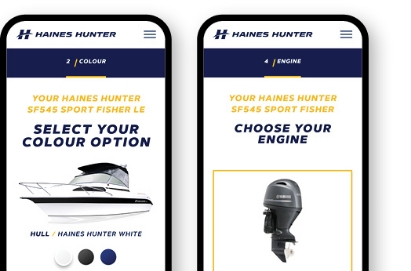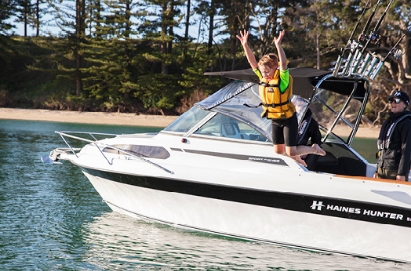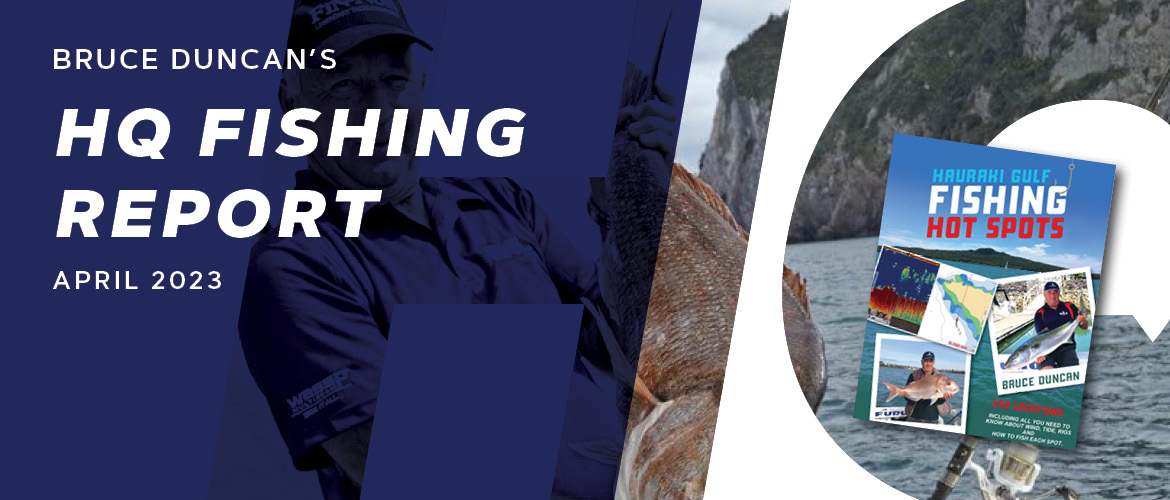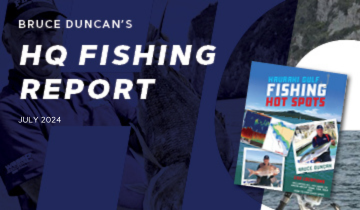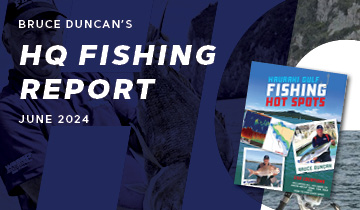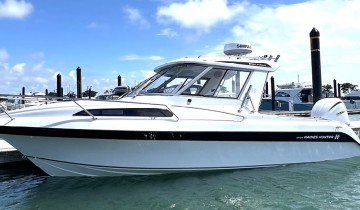As you all know there have been numerous reports of Snapper with white flaky flesh which appears to be a result of a lack of food. I have to say that this is not totally new, as in years past I have caught the odd one or two but certainly, I have seen a lot more than usual this summer. In saying that, I have always eaten them, finding no difference in taste just flakier in texture.
As I have reported before there has been a dramatic change in where the fish are and the way the Snapper have been feeding in the Inner Gulf. With all the runoff over the last few months, the sediment has been covering a lot of the food sources such as Worms, Crabs, and Shellfish pushing the majority of the Snapper further out into deeper water. In the last couple of weeks, a lot more Snapper have returned into the shallow rocks and reefs mainly on the Northern side of Rangitoto and out to the Noises.
We really are now into Winter fishing mode which means a little more planning, rather than moving around from spot-to-spot look at which direction the wind and tide are going and plan to target a spot where the boat will lay, to allow you to fish directly over the stern. This allows you to focus on your lines enabling you to see any line movement and detect the bites.
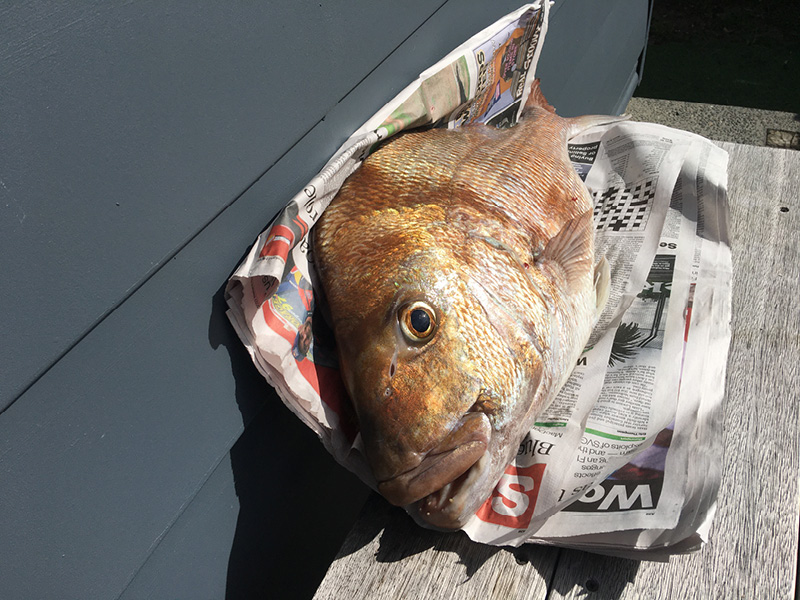
Out on the worm beds, I have found the Snapper to be very spread out. By heading slowly into the current and wind I zig zag looking for signs. Often I would see just a few red and blue dots. I can then determine where it's best to anchor so the burly and ground bait will drift back in time drawing them back to the boat.
The real key to catching Snapper of any size is fresh bait. The tougher it is the better it holds onto the hook and takes more chewing increasing the chance of a hook-up. Small bites do not mean it’s a small fish eating the bait it is just the way they feed in open water. Their natural food is Worms, Crabs and Shellfish. Different to fishing a reef structure on the open sand they are not competing for food just simply grazing.
Drop a baited Sabiki rig to within a meter of the bottom (this minimises the chance of baby Snapper getting hooked), and catch your fresh bait. The good news is that the Jack Macs and small Kahawai are plentiful. Cut one in half to create two baits and cast them well astern of the boat and allow them to slowly drift down. I like to then drop down a whole Jack Mac that has been butterflied. I find that the smaller fish that start ripping into the tough baits draw the bigger fish into having a look. More than ever before the best fish are caught when I see the tiny bites happening. I slowly let a bit more line out and when that comes up tight it is time to strike.
Even when I am targeting structures close in, I always go out to hunt down fresh bait. The best example was just the other day. We had caught a few Snapper while catching fresh bait on the worm beds. Administration Bay, (area 3, spot 16) the wind and tide allowed us to cast unweighted baits back into a reef structure, every fresh bait got smashed by snapper in the 38-48cm range where as those fishing Pilchards had their baits stripped or just hooked undersize fish.
With less sediment out around the Noises there has been a couple of spots that have really turned it on with Snapper in the 38-48cm range, (area 5 spot 6). Zeno rock and just off to the South where the bottom drops off to around 20 meters. (Spot 16) is seldom fished, but get the wind and tide right and stick to the spot over the whole tide you will not only catch Snapper but there is also a good chance of catching a Kingfish.
The good news fishing out of Omaha, is there is now a lot more bait fish in the bay. Kahawai, Jack Macs, and Slimy Mackeral. The way the Snapper feed on the sand fresh bait is the key to getting a solid hook up.
Directly out from the surf club in 14 meters fishing with no weight the baits get taken back down the burly trail. There are no aggressive bites but by watching the line straighten out till there is tension on the rod tip result in a solid hook-up. Don’t think you have to head off to Little Barrier to catch a big Snapper as we have fought and lost a lot of big fish close in on the sand. Generally, we release the big fish but one that went close to 20 pounds could not be revived and ended up in the smoker.
Another spot that is very consistent as you can see from the image below, is just to the South of the Headland. Note, by the trails on the chart plotter I stooge around in approximately 20 meters or if there are no fish showing I head further out to around 23-24 meters. In this depth, I am stray lining with only just enough weight to get the bait to the bottom but as the tide drops off, I find fishing floaters (no weight) works best. Even out in the deep, the bite is soft with no aggressive runs; just a slow pull down at the rod tip.
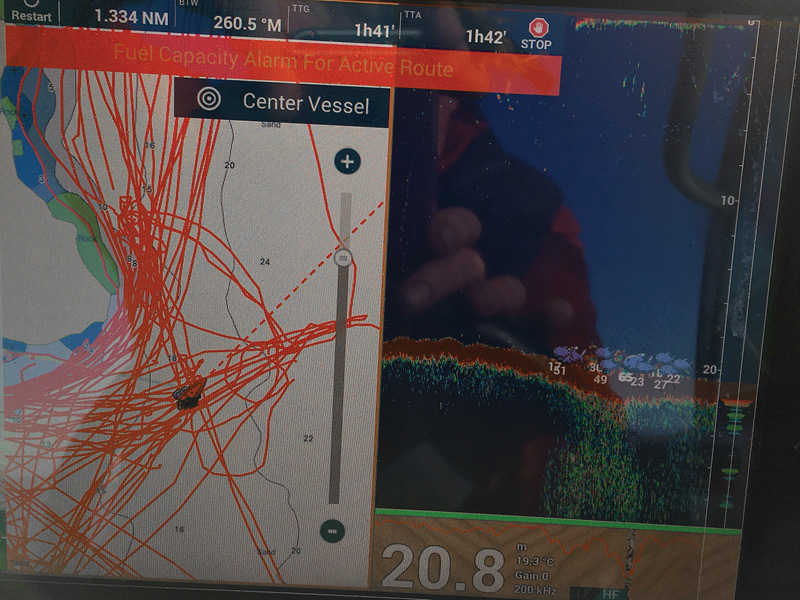
What I find interesting is the number of boats that see me and start drifting close by fishing with soft baits. Not once have I seen anyone hook up, and I believe the reason is simply the food and the way they eat it. The whole bay is full of Shellfish, every fish I open up have crushed up cockle shells so they are just not tempted to touch a soft bait.
Both myself and the cave slave, love fresh Trevally Sashimi, so the only soft bait I fish with while at anchor is a tiny half-inch Minnow with a small piece of bait attached that is dropped down to within a meter or so off the bottom. I just left it on its own in the rod holder I am amazed at times by how many fish it catches.
I am picking that in the next couple of months, there will be some really good weather windows so if you get out and see me on the water or at the ramp come over and say hello!
